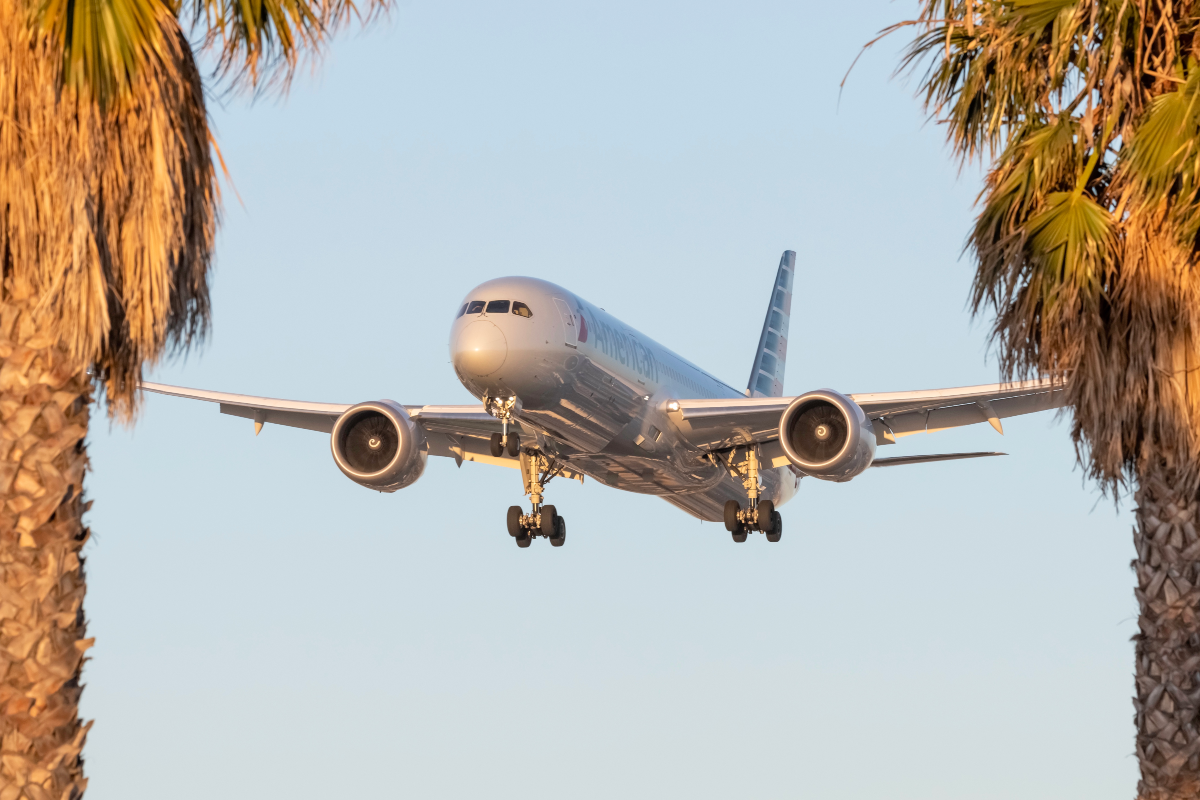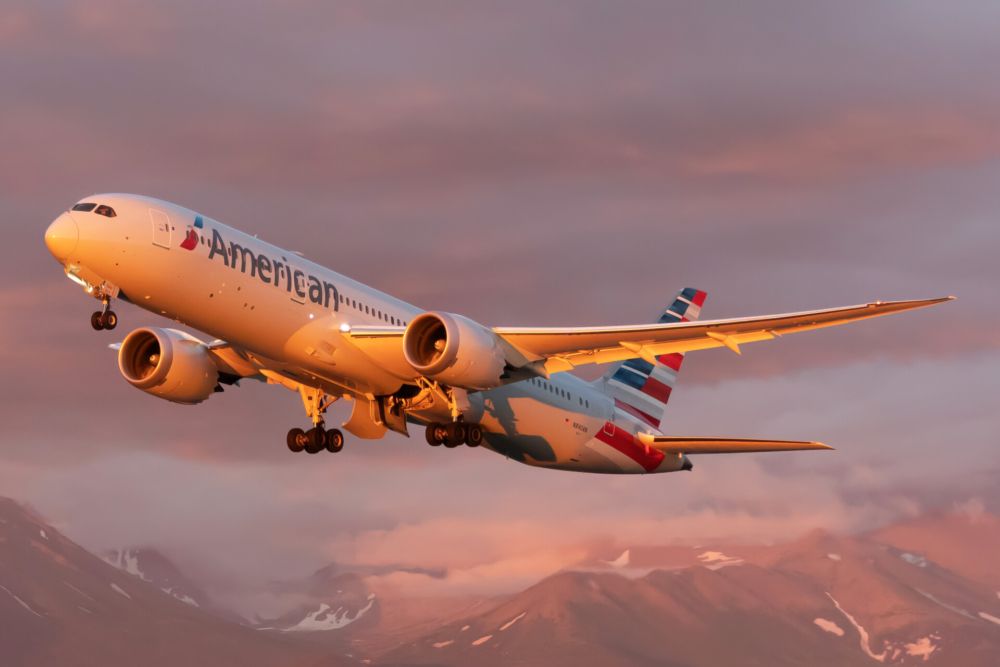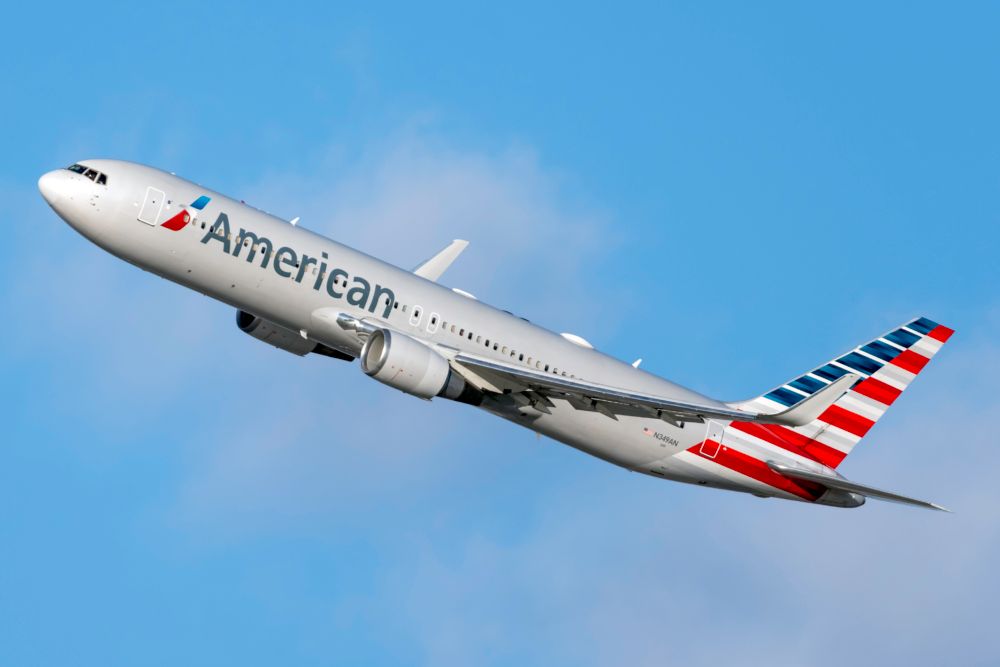American Airlines took the decision not to return to a number of seasonal summer destinations in Europe this year. Instead, it focused on deploying its widebodies into the domestic market. Speaking with Simple Flying, American Airlines’ Chief Revenue Officer Vasu Raja explained why this was such a great decision.
Redeploying the widebodies
The widebodies that American Airlines would usually have been flying to Europe and other long-haul destinations had a very different mission this summer. While the airline maintained its connections to some major points in the international market, many of its widebody aircraft were instead deployed onto domestic routes, giving the airline higher gauge while international travel remained tricky.
This strategy saw American not making a return to several seasonal summer destinations – Croatia, Hungary, Poland, for example – while many of its competitors did. Nevertheless, Vasu Raja, American Airlines’ Chief Revenue Officer, believes it was a good choice. He told Simple Flying,
“For this summer, we didn't do things like Croatia or any number of things. And we debated it a lot. But major credit to our network planning team who stood by the decision that they made, which was to go and take those widebodies and deploy them into short haul. And as we look back at it, that was probably one of the best decisions that we have made.”
For American, moving its widebodies onto domestic services saw its profitability soar. In the second quarter of the year, it was operating almost as many domestic widebody flights as its competitors were operating internationally. The validation came when the airline compared its revenue per available seat mile (RASM) with its competitors,
“As we looked at everybody's Q2 results … the RASM we were generating was 200 to 300% of what they were generating on their long-haul services. We were filling those airplanes with customers. Those just turned out to be really great decisions. There is a world where, in our system, having bigger gauge airplanes is absolutely of a paramount importance for us.”
Stay informed: Sign up for our daily and weekly aviation news digests.
Has international changed forever?
American Airlines has historically allowed a proportion of its long-haul operations to be fairly experimental. The airline would take aircraft like the Boeing 767 or the 757 and fly it into smaller markets in Europe for the peak summer season. During the winter, they could point them to the Caribbean or bolster domestic services – it was a model that worked well for those old, inexpensive aircraft.
But the pandemic saw American wave goodbye to these cheap aircraft. The 767, 757 and older A330s are all either out or well on their way out, and that could change the way American plans its international operations in the future.
“The way we really envision our international system coming back is we want to have widebodies that can go work hard throughout the year … we want to get much better utilization on the new airframes that we have and deploy them really wisely.”
American is thinking hard about its passenger experience too. With the inconsistencies of the cabin products on those older airframes now gone, it has an opportunity to really consider if the configuration is right for the market it wants to serve. International will rebuild around this, and around deploying into those markets where AA can create a unique network product with its partners like British Airways and Qatar.
Raja noted that, with the range of airframes it will have at its disposal in the coming years, it will have even more chances to get this balance right. Peak season Europe might be served by a widebody, but when the demand drops off, aircraft like the A321XLR can pick up the slack, letting the widebody to be redeployed into stronger markets like South America.
Overall, although the pandemic has reshaped American Airlines forever, it has also given it a chance to hit reset on the way it was doing things. Many of the aircraft that have seen retirement as a result of the downturn were not AA’s choice of planes, having been acquired through mergers with other airlines. Now, it has the opportunity to thoughtfully and deliberately rebuild its international network in a way that will be better for the airline and its customers for the future.



